Last Updated on May 25, 2021 by Danny
Cajons are possibly the most in rage percussion instrument now! They are a common recurrence in street performances and sound great. They have a unique old-world charm to them that is unexplainable. Maybe you’ve fallen for this charm too and want to know more about them. Don’t worry, by the end of this article you’ll learn everything you need to know about cajons!
History of the Cajon: Where does it come from?
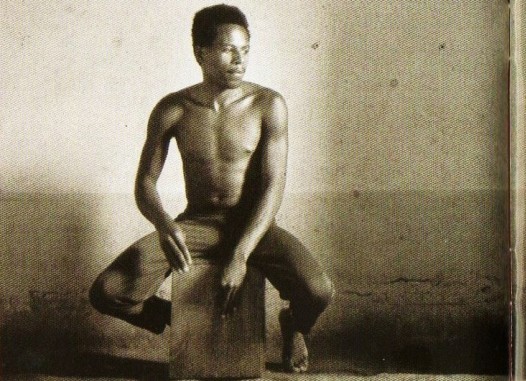
Cajon is literally the Spanish word for box or hand drum, so you might be forgiven for thinking that it is a Spanish instrument. However, Cajon actually originated in various Spanish colonies in the Americas, like Peru and Cuba.
In the 1700s, Spanish colonial masters had banned drums across these regions as they feared it could lead to revolts and protests. However, music is something that humans cannot live without!
Crates and drawers were in abundance in Peruvian port cities like Lima; the slaves in those regions started using these as instruments. Thus the Cajon was born. While the Cajon probably originated decades before, the first piece of recorded history with the Cajon was a drawing of it by a Peruvian artist Ignacio Merino dating from 1841.
The Cajon also had a parallel development in Cuba. The afro-Cuban dockworkers in Cuban port cities like Havana and Matanzas would reuse old cod and candle crates into drums by flipping them over and playing them on.
Cajons were born out of necessity. They were how oppressed people of these countries were able to subvert the ban on playing drums and play to their heart’s content!
Why did so many people like to use Cajon?
Cajons are very popular among musicians as they work great with acoustic music. They also do not have any fragile membrane that might break over time and also works as a drum throne.
Cajons are much more pocket-friendly than a full-fledged drum kit and are also more accessible than other world percussion instruments like congas. They are also so much easier to learn than your traditional drum set. You do need exact hand techniques nor years of training to play.
These factors have made them very popular among both professional and recreational percussionists.
What are some common types?
Many regions have conceived the idea of Cajons, so there are many variants around. The following are the most common ones.

Peruvian Cajon: This is widely considered to be the first-ever Cajon. During the 18th century, Slave musicians in the region repurposed shipping crates to use as drums as playing drums was banned in the region.
This Cajon is six-sided, and there is a sound hole cut in the back. There is no snare, and all the corners are fully sealed.

Cuban Cajon: The Cuban Cajon is among the oldest cans out there. Similar to Peruvian Cajon, dockworkers in Cuba reused crates to subvert the ban on drums.
These Cajons were typically of the five-sided pyramidal variety and came in plenty of sizes and voices. These Cajons had no snare and had a much more open sound.
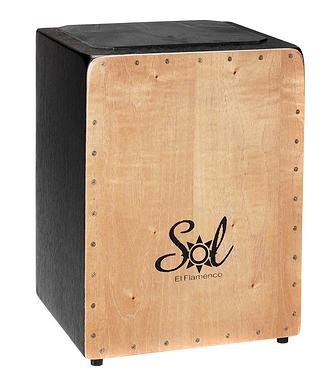
Flamenco Cajon: The origin of this Cajon is quite interesting. Supposedly, Brazilian percussionist Rubem Dantas and Spanish flamenco guitarist Paco de Lucia went on a tour of Peru in the 1970s and discovered the Cajon there.
They took back the Cajon with them to Spain, and it quickly assimilated into the flamenco culture. Guitar strings, bells, and various other items were attached to it to give it more depth.
Snare Cajon: This is the most modern variant of the Cajon. Unlike the Flamenco, this Cajon has actual snare wires instead of guitar strings. This greatly accents the kick and snare sound of the Cajon.
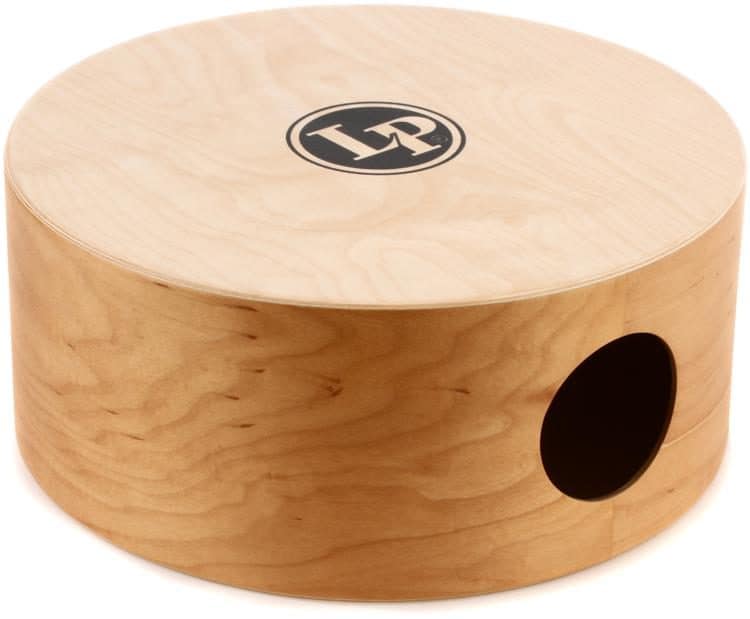
What are different Cajon Sizes?
Traditional Cajon drums are typically around 12-inches (30cm) Wide, 18-inches (45cm) tall, and 12-inches (30cm) deep.
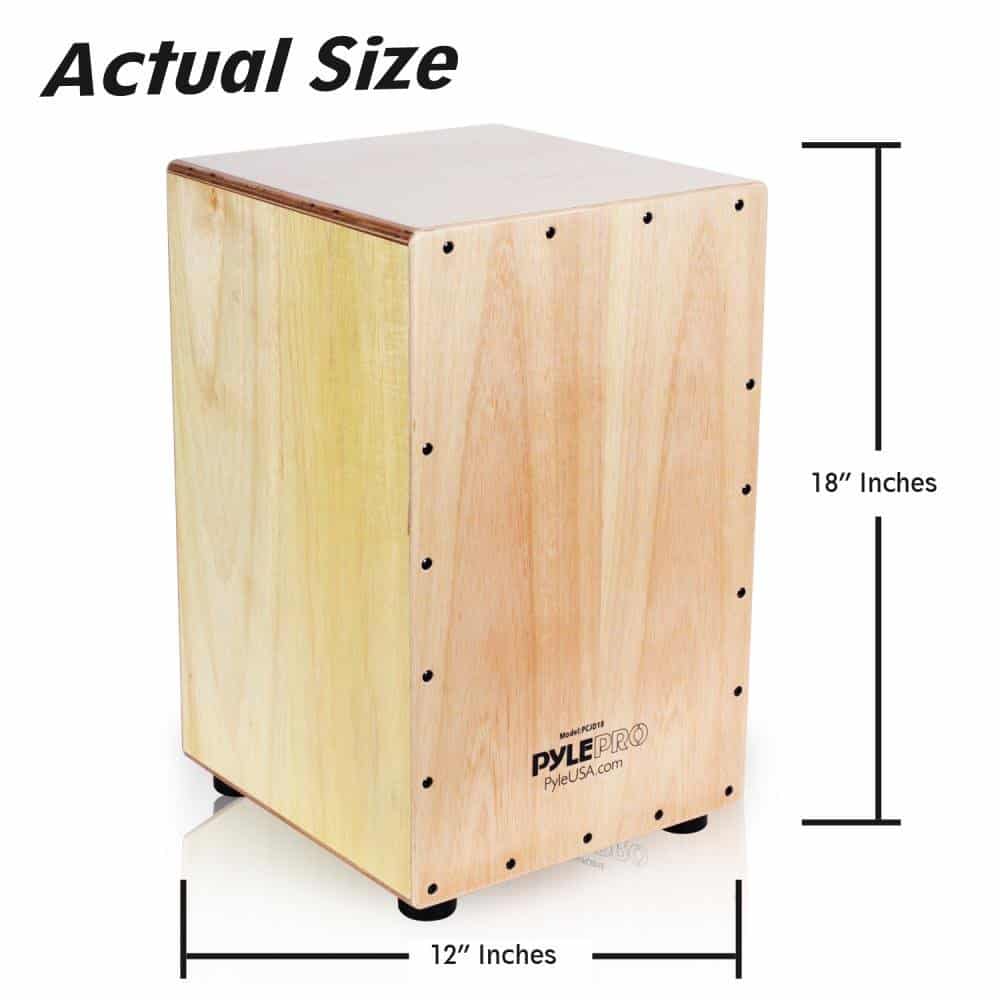
Bass Cajons are typically larger to produce a much deeper sound. They are around 20-inches (50cm) wide, 19-inches (47.5cm) tall, and 12-inches (30cm) deep.
However, these dimensions are not written in stone, and they tend to vary between models and manufacturers.
Different Variations of Cajons
Travel Cajon is the most portable Cajon ever made. These are also known as flat Cajons as they are essentially just a thick plank of wood. They are very light, very flat, and very compact, making them ideal for any percussionist who moves around a lot. You can slide it into your backpack and forget it exists. These Cajons are also relatively easy to learn and play!
Surprisingly, it is easier to pick a Cajon for children than it is for an adult! When buying for kids, you should first look at the size. Usually, Cajons of 15 inches or shorter and will be suited for children. However, kids’ heights vary a lot, so you should make a decision based on your kid’s height.
While the sound has to be good, you do not have to scrutinize a lot as children cannot tell between a great and a good-sounding Cajon. Try to get Cajons with rounded corners for kids as it prevents unwanted injuries. Well if somehow your Cajon doesn’t sound better as you want, you can read our article about How To Make A Cajon Sound Better
Most importantly, DO NOT SPEND A LOT OF MONEY ON CAJON FOR CHILDREN!
They will outgrow them in a few short months or years, and you will have in your hands a useless expensive box!
Cajon kits are like an amalgamation of traditional drum kits and cajons. These kits typically consist of a single Cajon with a kick pedal attached to it along with a cymbal and maybe a Cajon snare. They have a much smaller footprint than a traditional drum set and are so much fun to play.
Are there any Hybrid Cajons?
Yes, there are hybrid Cajons. While there aren’t many hybrid Cajons out there, Roland is a big name that has ventured into it.
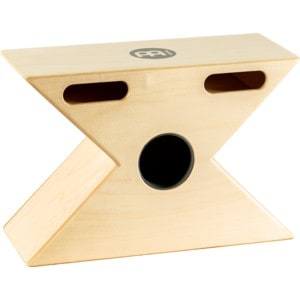
These Cajons combine your traditional acoustic Cajon sounds with a wide range of other sounds. You can combine sounds of tambourines and electronic drums with your classic sounds. This gives you a vast range of possibilities.
If you are interested in hybrid Cajons, the Roland EC-10 Electronic/Acoustic Hybrid Cajon is the most popular and possibly the best hybrid Cajon out there.
Cajon Accessories
There are so many fun and useful Cajon accessories out there.
The biggest one would be the Cajon pedal. It is similar to the kick pedal you would find in standard drums. It is operated by foot, and there is a beater that strikes the Cajon. It gives you more flexibility and options when compared to just playing with two hands. Some pedals even have large base plates that attach to the Cajon to improve the bass.
The Cajon brush is an innovative accessory that has come up quite recently. They are made from polymers and create a unique sound. These brushes usually have a ring that you can adjust to make the sound lighter or louder.
Cajon seats are something that will make your life so much more comfortable. There is only so much time you can sit on a wooden plank before your bottom starts hurting. With cushioned seats and pads, you can play for longer and be more relaxed.
Cajon stands are an essential accessory that allows you to play Cajon while standing. They typically have a tripod base to keep the instrument stable. It gives you a lot of flexibility as you are no longer limited to the sitting position.